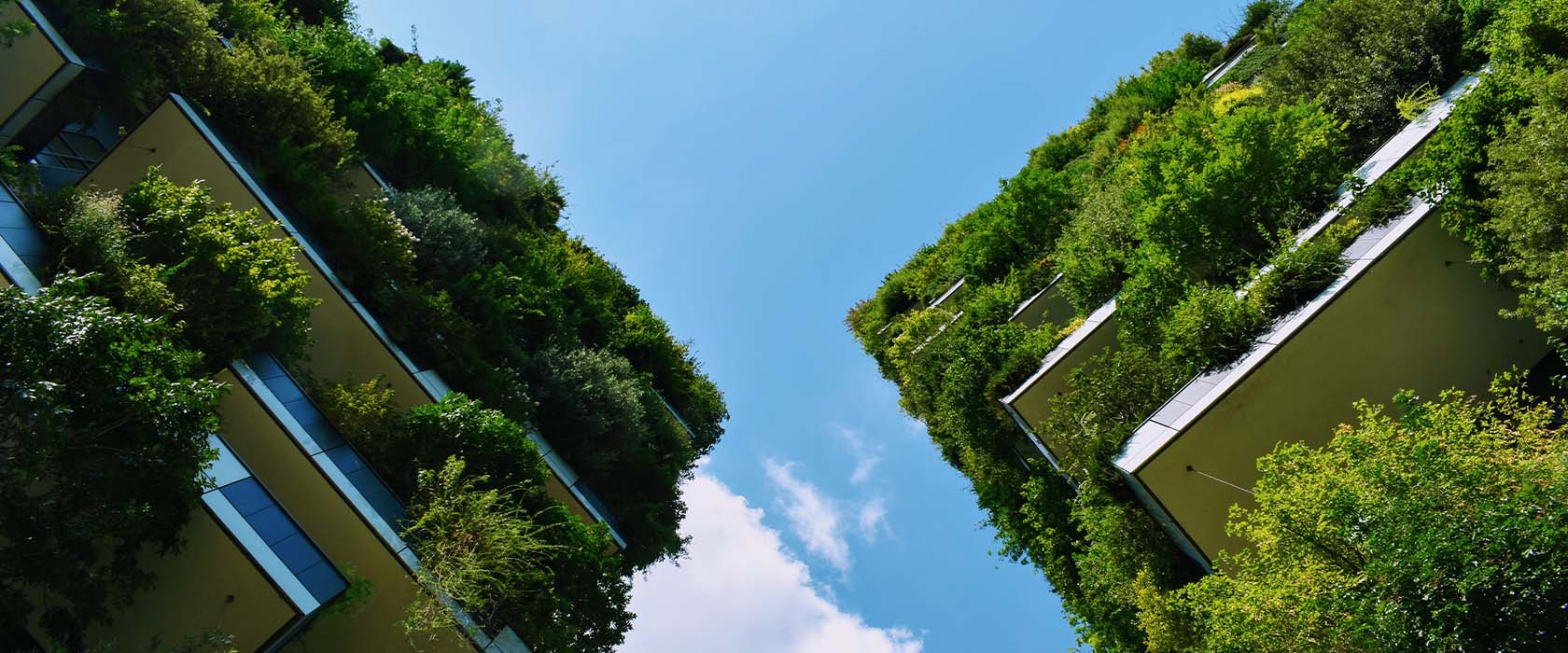The universities leading in building sustainable cities and communities
Universities are key drivers of growth in their cities and communities. In this article, we explore which universities lead the pack on SDG 11 (Sustainable Cities and Communities), according to the Times Higher Education (THE) Impact Rankings 2022.






